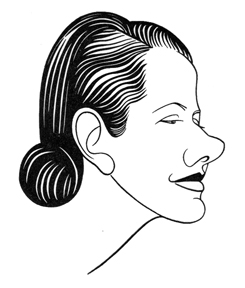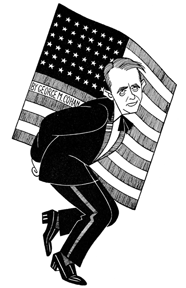TELL ME, PRETTY MAIDEN
 Was born in London. Her name was Lily Louise Fontanne. Changed the Lily Louise to Lynn because it sounded better.
Was born in London. Her name was Lily Louise Fontanne. Changed the Lily Louise to Lynn because it sounded better.
TELL ME, PRETTY MAIDEN
 Was born in London. Her name was Lily Louise Fontanne. Changed the Lily Louise to Lynn because it sounded better.
Was born in London. Her name was Lily Louise Fontanne. Changed the Lily Louise to Lynn because it sounded better.VARIETY’S THE SPICE OF LIFE
 Variety, the man in type form, is one of the best, most respected and most influential trade journals in the world.
Variety, the man in type form, is one of the best, most respected and most influential trade journals in the world.We’d not intended to drop the ball on you this week, but we were fighting a losing battle with a nasty stomach bug earlier in the week and since then, we’ve been recuperating and catching up on tasks that faced us at work and at home.
Next week, we’ll be back up to speed, with the next chapter from Sidney Skolsky’s Times Square Tintypes going live on Monday and other surprises await you later in the week.
For now, just so you don’t feel forgotten, we encourage you to enjoy this brief snippet of a 1928 two-strip Technicolor short that features Hollywood starlets of the day, among them Laura La Plante and Raquel Torres, modeling the latest fashions of the day, accompanied by the tender warblings of Cladrite Sweetheart Annette Hanshaw.
![]()
A LEADER AMONG MEN
“STARS AND STRIPES FOREVER”
 The “M” stands for Michael. Hates to be called George by anyone he thinks is not entitled to use it.
The “M” stands for Michael. Hates to be called George by anyone he thinks is not entitled to use it.